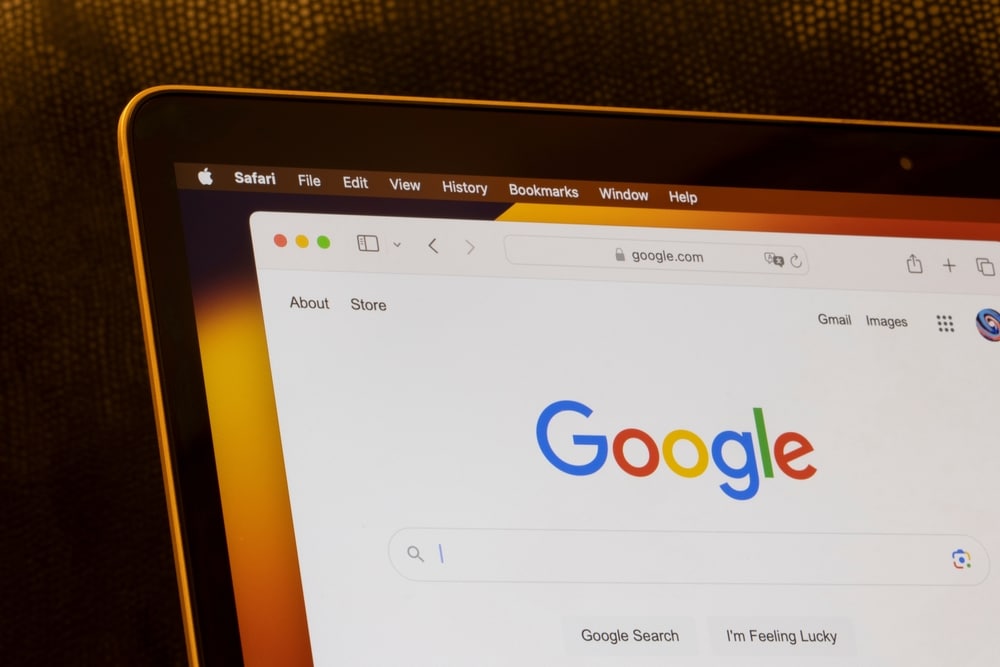AI in SEO: How It’s Impacting Impressions, Click-Through Rates, and Search Rankings
Artificial Intelligence (AI) is revolutionizing the way search engines operate, fundamentally changing how websites are ranked and how marketers approach SEO. From improving user experience to helping search engines better understand user intent, AI has reshaped the SEO landscape. While AI is increasing impressions by making search results more relevant, it’s also contributing to a decline in click-through rates (CTR) due to increased competition and richer search results.
In this blog, we’ll explore how AI is affecting SEO, why impressions are rising but CTR is falling, and how businesses can adapt their strategies. We’ll also discuss additional solutions like Google Ads, Local Services Ads (LSAs), and other advertising channels to help businesses improve their visibility and drive more traffic.

How AI is Shaping SEO: An Overview
Search engines, particularly Google, have integrated AI into their algorithms to provide users with more accurate, relevant, and personalized search results. AI has made search engines smarter by enabling them to better understand search queries, user behavior, and content context.
- Machine Learning: Machine learning algorithms like Google’s RankBrain help search engines evaluate and rank pages by understanding the context behind queries, even if the exact keywords aren’t used.
- Natural Language Processing (NLP): AI-driven updates like BERT (Bidirectional Encoder Representations from Transformers) allow search engines to understand the meaning of words in a more human-like way. This enables search engines to better interpret conversational queries and long-tail searches, improving the accuracy of the results presented to users.
As AI continues to evolve, it’s becoming better at matching the right content with the right queries, which is leading to increased impressions for many websites. However, this has also led to greater competition on the search engine results page (SERP), contributing to a decline in CTR.
Increased Impressions: More Visibility, More Competition
One of the most notable effects of AI in SEO is the increase in impressions. More websites are showing up in search results thanks to AI’s ability to understand user intent, content quality, and context.
- Rich Snippets & Featured Snippets: AI enables search engines to identify pages that provide the most direct and relevant answers to user queries. As a result, content that provides clear, concise answers to questions is being showcased in rich snippets or featured snippets. This enhances visibility, even if the website itself doesn’t rank in the top position.
- Knowledge Panels & Direct Answers: AI-driven features like knowledge panels and direct answers can display information directly on the search page, further increasing visibility for businesses and websites. These results appear above traditional organic listings, allowing websites to get more exposure even if they aren’t the top-ranking result.
While these AI-driven features result in more impressions across the board, they also lead to a more crowded SERP, which can make it harder for individual sites to capture user clicks.
Decreasing CTR: Why More Impressions Don’t Always Mean More Clicks
While AI is helping websites appear more frequently in search results, click-through rates (CTR) are experiencing a downward trend. This is due to several factors:
1. Increased Competition in Search Results
The rise of rich results, knowledge panels, and featured snippets means there’s more competition for user attention. Even if your website appears on the first page of search results, the abundance of other content types (e.g., answer boxes, videos, and reviews) can cause your listing to be overlooked.
- Answer Boxes: When a user’s query is answered directly in the search results (via AI-driven snippets), they no longer need to click through to a website, reducing the CTR for many listings.
2. Voice Search and Mobile Search
With AI-driven voice search becoming more prevalent, many users are now getting answers directly from digital assistants like Google Assistant, Siri, or Alexa. This means they may never visit a website at all.
- Mobile-First Indexing: As more searches shift to mobile devices, it’s crucial to optimize your site for mobile-first indexing. If your website isn’t mobile-friendly or optimized for voice search, it may experience lower CTR.
3. AI-Generated Content and Increased Search Results
AI has made it easier to produce vast amounts of content quickly. As a result, the SERP is increasingly filled with similar content, further reducing the likelihood that users will click on a specific link.
- Content Saturation: With AI-powered content generation tools becoming more common, search results are more saturated than ever. This increases competition and can lead to lower CTRs across the board.

Solutions to Improve Visibility and Increase CTR
While AI has presented challenges, businesses can adapt their SEO strategies to continue driving traffic and improving CTR. Here are some strategies to help improve both impressions and CTR:
1. Focus on Featured Snippets and Rich Results
If you want to increase visibility and capture more clicks, aim to optimize for featured snippets and rich results. Here’s how:
- Answer User Questions: Create content that answers specific questions directly within your page, formatted in a way that’s easy for AI to extract and display in snippets.
- Use Structured Data: Implement schema markup on your website to help search engines understand and present your content in rich snippets, knowledge graphs, and other enhanced results.
2. Google Ads for Immediate Visibility
While organic SEO can take time, Google Ads (PPC) offer a way to achieve immediate visibility at the top of the SERP. Google Ads allow businesses to bid on keywords and appear at the top of the page, even if their organic rankings aren’t strong.
- Targeting High-Intent Keywords: With Google Ads, you can target users who are already showing intent to purchase or inquire about your services, improving the likelihood of higher CTRs.
3. Local Services Ads (LSAs)
Local Services Ads (LSAs) are another great way to improve visibility and drive higher-quality leads. These ads appear at the very top of search results for service-related queries (such as “plumber near me” or “carpet cleaning services”), allowing you to capture local customers quickly.
- Optimizing for LSAs: Ensure that your LSA profile is complete, with accurate business information, positive reviews, and competitive bidding to improve your ad’s chances of appearing.
4. Leverage Video Content and Visual Search
AI is improving the way video and visual content are indexed. Adding video content to your website can increase your chances of appearing in video carousels or image search results, driving more traffic and increasing engagement.
- Optimize Video for SEO: Include transcripts, titles, descriptions, and tags optimized for your target keywords. AI can index these elements to ensure your videos are found by users.
5. Improve Content Quality and User Experience
AI increasingly values high-quality content and user experience. Websites that provide valuable, comprehensive information tend to rank higher. Focus on:
- E-E-A-T: Expertise, Authoritativeness, and Trustworthiness. Ensure your content demonstrates your knowledge and authority on the subject matter.
- Mobile Optimization: With mobile-first indexing becoming the norm, make sure your site is fully optimized for mobile devices.
Measuring SEO Success in an AI-Driven World
As AI continues to shape the future of SEO, it’s essential to track performance and adjust strategies accordingly. Here’s how to measure the success of your SEO efforts:
- Rank Tracking: Track the rankings of targeted keywords to see how well your content is performing in the AI-driven search landscape.
- Organic Traffic: Monitor your website’s organic traffic to understand how well your SEO efforts are paying off.
- CTR and Engagement: Measure your click-through rates, time on site, and bounce rates to understand how well users are engaging with your content.
- Conversion Metrics: Monitor how many visitors convert into leads or customers, comparing the cost-per-lead from organic SEO versus paid advertising.
Conclusion: Adapting to the AI Revolution in SEO
AI is reshaping the way SEO works, driving higher impressions and greater competition for clicks. However, with the right strategies—such as optimizing for featured snippets, leveraging Google Ads and LSAs, and improving content quality—businesses can navigate this new landscape and continue to drive valuable traffic.
As AI continues to evolve, staying on top of search engine algorithm updates and evolving user behavior is essential. With a mix of organic SEO, paid advertising, and content optimization, businesses can remain visible, relevant, and competitive in the AI-driven digital world.
Share This Article
Other Topics

